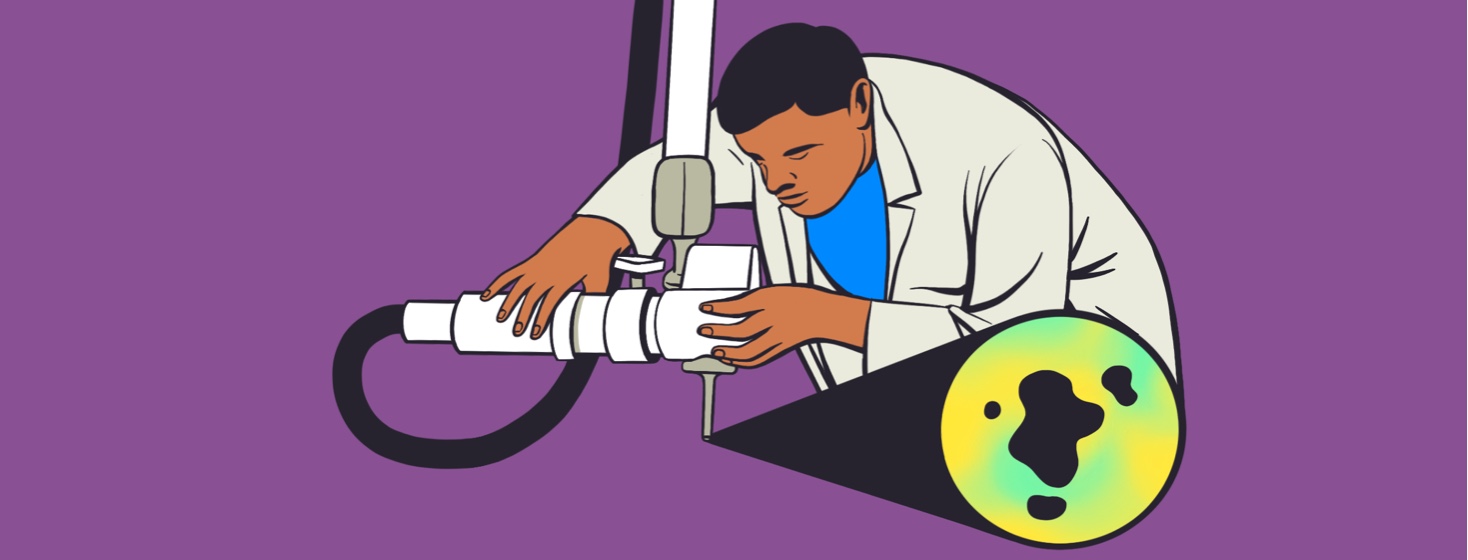What Is Image-Guided SRT (IGSRT)?
IGSRT stands for "image-guided superficial radiation therapy," which is quite a mouthful. IGSRT is highly effective and is a surgery-free treatment for basal and squamous cell skin cancers.1
It doesn't involve scalpels, and it's done without bleeding, pain, and scarring, so some people who have had this treatment may think of it as gentle. There's no anesthesia or wound care that follows surgery. This means you can keep living your life while your cancer is being treated.1
What is superficial radiotherapy (SRT)?
SRT is different from the radiation used to treat other types of cancers, such as breast, prostate, and brain cancer. Those cancers are deeper inside the body, so higher doses of radiation are needed to reach them. SRT treats cancers on the skin's surface. This means much less powerful radiation is used, and it only goes skin deep.1
What is image-guided, and why is it important?
SRT has been around for years, but image-guided SRT is the first skin cancer treatment that uses an ultrasound probe to visualize the tumor. In the ultrasound images, healthy tissue appears on the scan in yellow and green while the skin cancer shows in black.1
The images allow the doctor and radiotherapist to see how big and deep the cancer is at each stage of treatment. This allows them to target the exact depth where the treatment is needed to eliminate the cancer. The images also show the skin cancer shrinking over time, letting you know that your treatment is working.1
How effective is image-guided SRT?
A group of dermatologists studied this treatment and found that for people with stage 0 to 2 basal and squamous cell skin cancers, IGSRT is very effective. More than 50,000 people have been treated with IGSRT to date, and studies show a 99 percent cure rate.1
Is image-guided SRT safe and tolerable?
Overall, IGSRT is safe. But as with any medical treatment, side effects have been reported. IGSRT's most commonly reported side effects are:1
- Redness
- Thinning of the skin
- Irritation
- Skin breakdown at the treatment site
Most compare SRT to a sunburn in the area being treated.
Can I have image-guided SRT if I have multiple skin cancer spots or have a history of non-melanoma skin cancer?
In my experience as a radiation therapist, patients will often opt to treat more than one spot at a time. It can also be used to treat a skin cancer that has come back after Mohs surgery or a new skin cancer that grows in the same area as one that has already been treated.
Where can I get IGSRT?
IGSRT is typically done by a specially trained healthcare provider called a radiation therapist (like me) in your dermatology office. Radiation therapists work with the dermatologist to effectively and safely eliminate the skin cancer being treated.
How long does treatment with image-guided SRT take?
Treatment with IGSRT is delivered in stages over the course of several weeks. In my professional experience, treatment typically involves about 15 to 20 sessions, and each session usually takes less than 15 minutes to complete.

Join the conversation